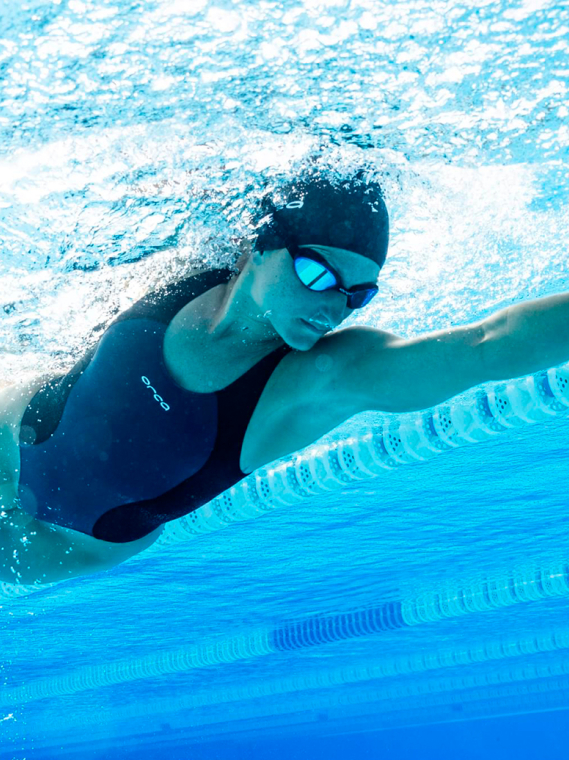
Choosing a good swimsuit
February 19, 2024 | 7 reading min.
High-performance swimsuits with great durability or compressive fabrics: a top choice before jumping in the pool.
The importance of adding technique training to your swim workouts
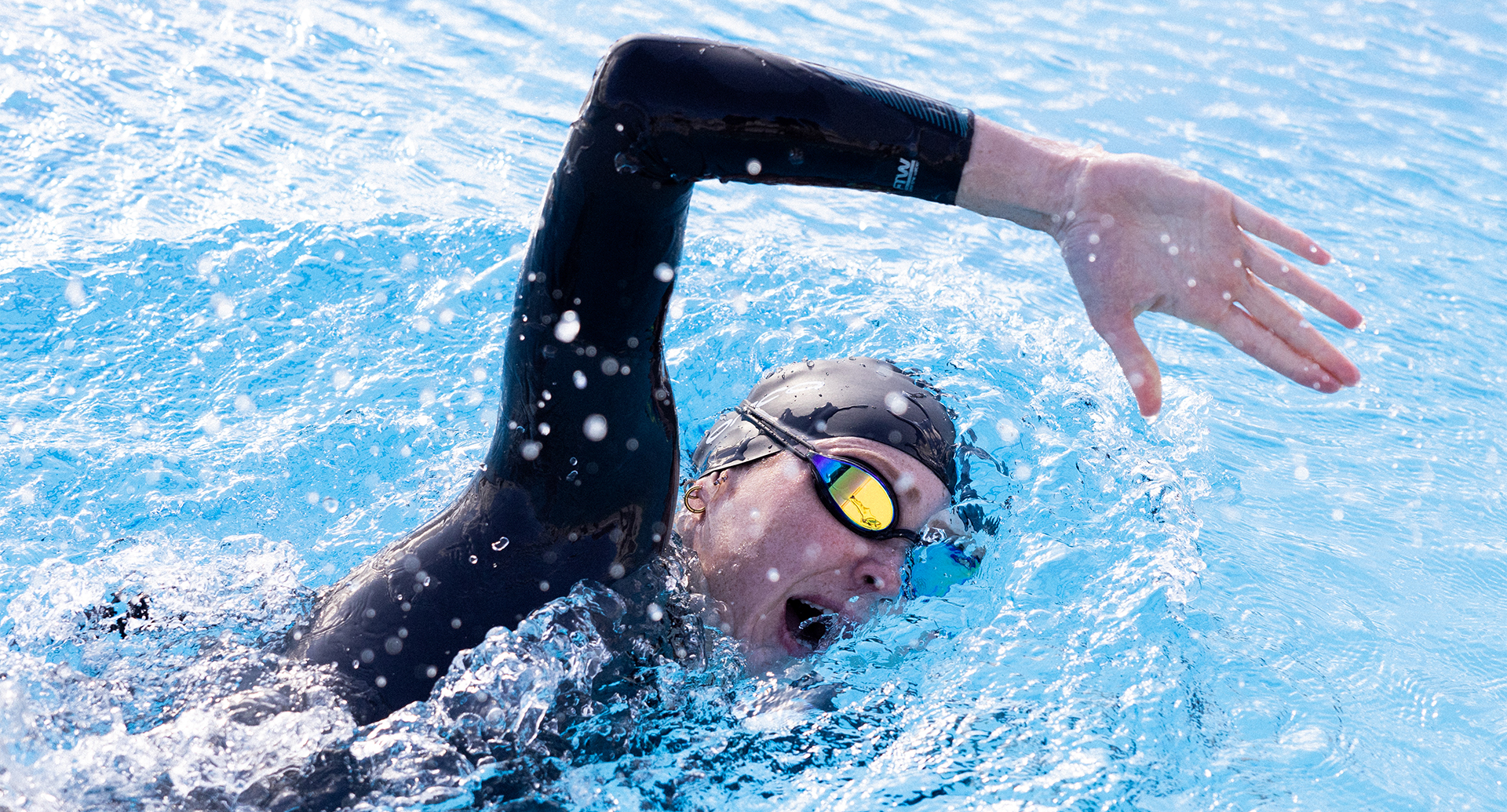
We’re launching a series of blog posts focused on the importance of incorporating training technique into your swim training. With help from the Orca Triathlon Team, we’ll be sharing fundamental exercises that you can do in the pool to enhance your style and build confidence in open water swimming.
But why is it important to work on swimming technique, even for seasoned professionals?
Developing swimming technique is essential for any triathlete, regardless of skill level. Solid technique not only improves performance in the swim stage, but also contributes to overall racing success.
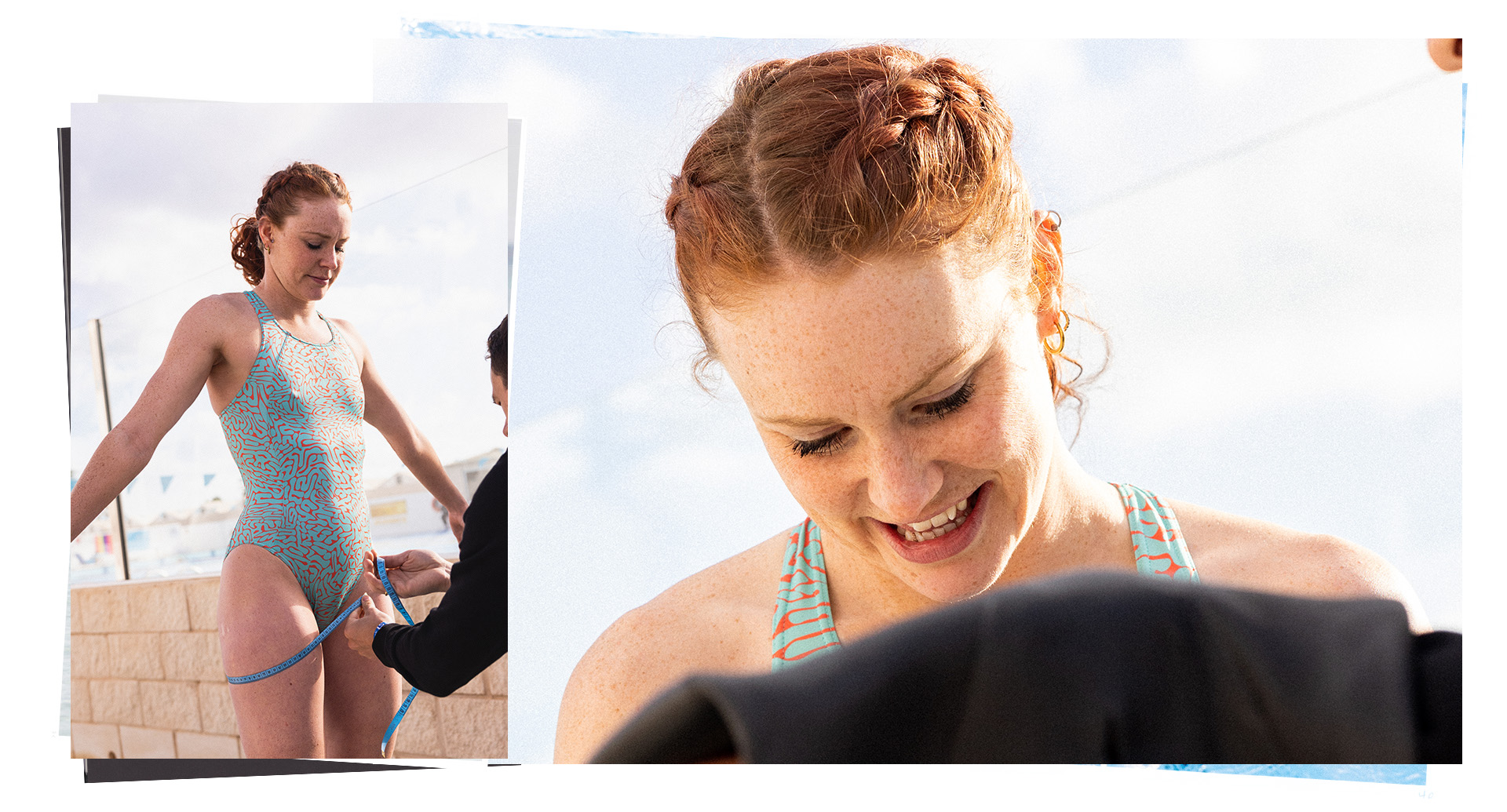
Kicking off this blog series is Lucy Buckingham, the British triathlete renowned for her speed in the water and is a member of the BMC.
Lucy made her Olympic debut representing Team GB at the 2012 London Olympics at 20 years old. In 2014, she participated in the Glasgow Commonwealth Games and began her middle-distance career in 2019.
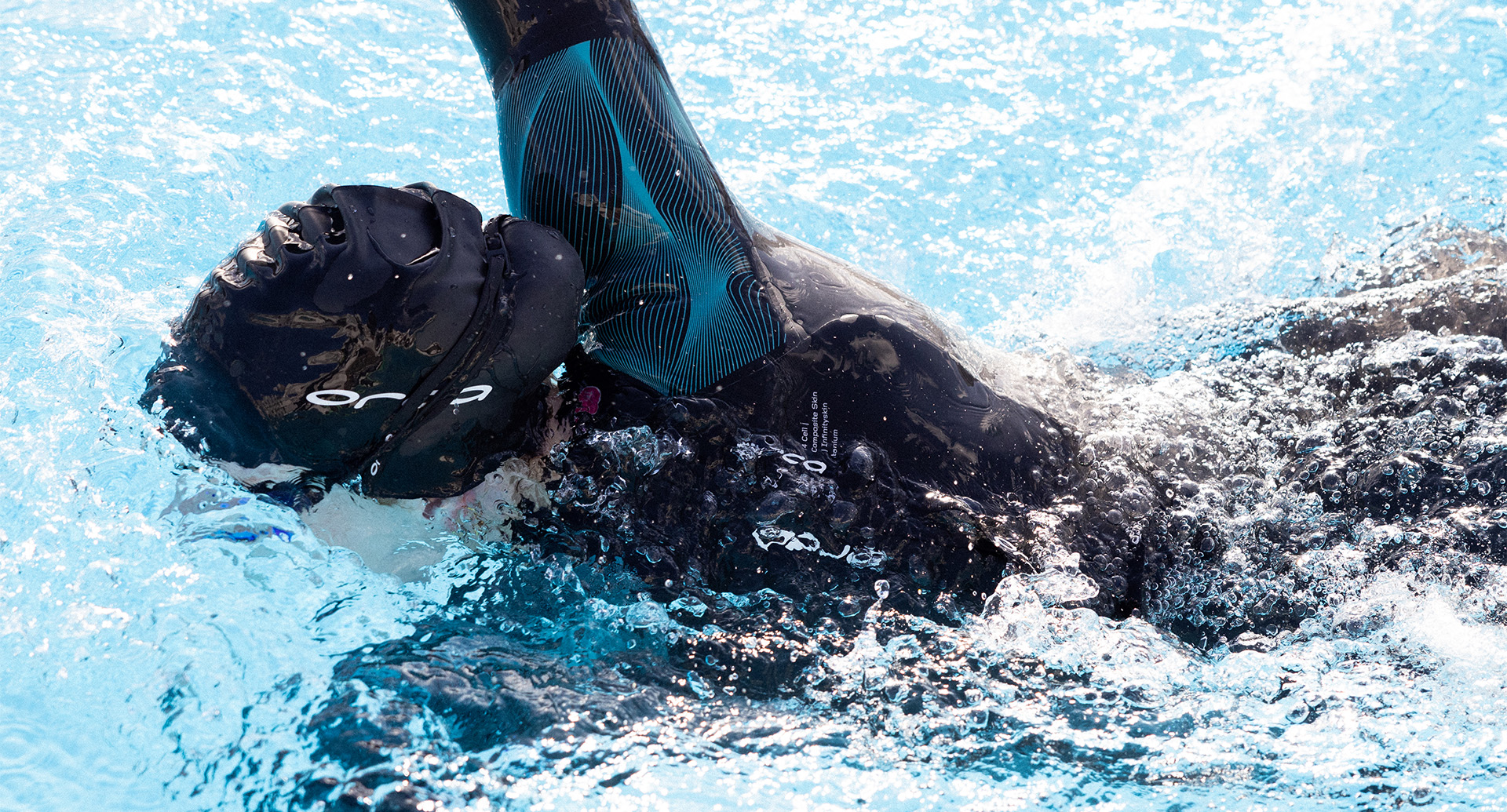
Stroke technique with Lucy Buckingham
These exercises aim to improve shoulder rotation and body position in the water. You’ll need a snorkel and fins to assist with these exercises.

February 19, 2024 | 7 reading min.
High-performance swimsuits with great durability or compressive fabrics: a top choice before jumping in the pool.
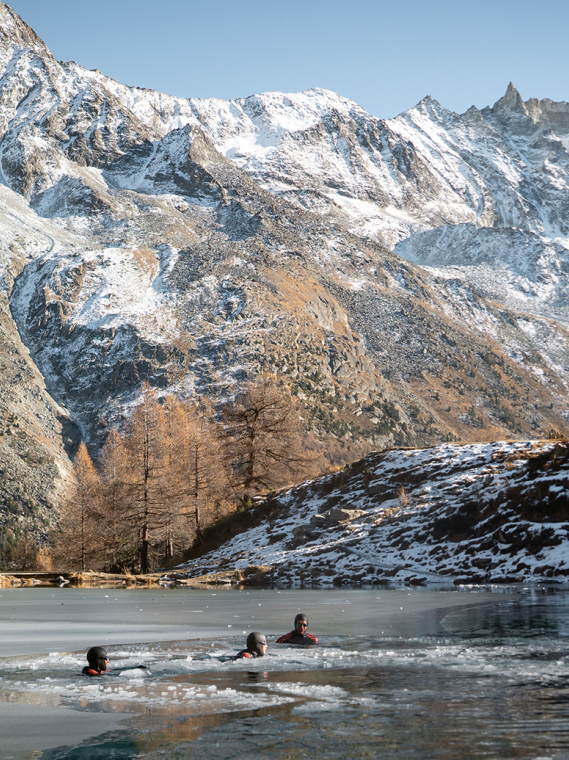
January 22, 2024 | 10 reading min.
The perfect balance between mental and physical challenge, with many health benefits.
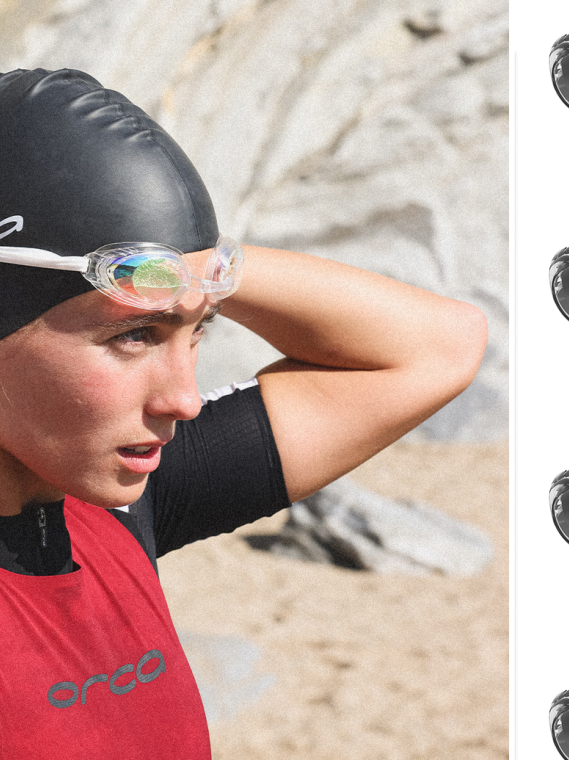
December 4, 2023 | 7 reading min.
Knowing how to choose the right goggles for your needs will translate into a better experience in the water, both at sea and in the pool.